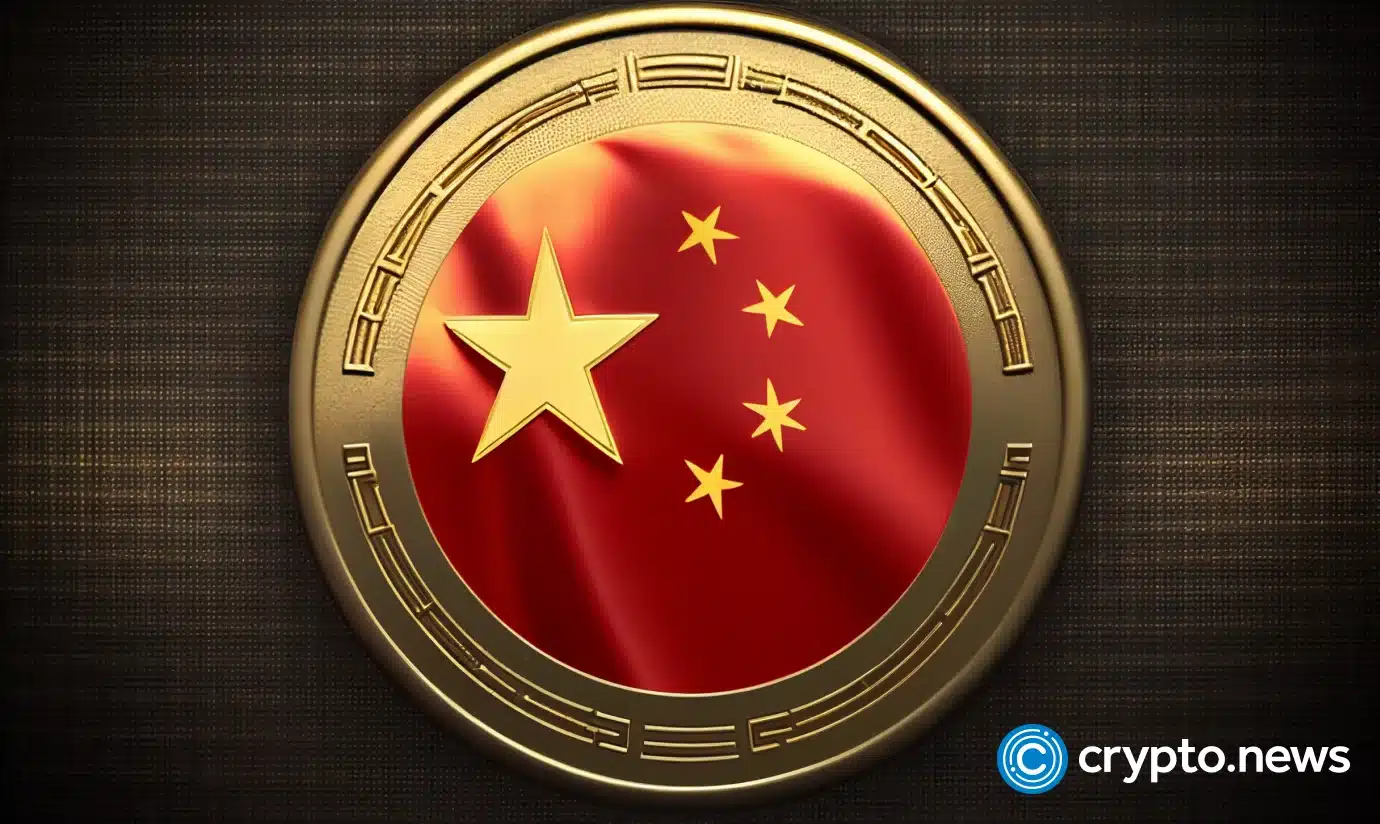The recent stirrings in the economic cauldron have all eyes on China, as the nation navigates its way through a troubling deflationary period. With the world’s second-largest economy seemingly teetering on the brink, the global implications are hard to ignore.
So, the burning question remains: Can China find a way out of its deflation quagmire, and what could this mean for the rest of the world?
Tipping the scales of global trade
China’s downturn is evident from the widening gap between the value of its exports and the declining prices. What this suggests is a desperate move to buoy exports by slashing prices.
With such drastic measures in play, the bigger concern is whether China’s deflationary tactics might spill over, casting a deflationary shadow over the US. For those anticipating a challenge in US inflation rates stabilizing, China’s pricing maneuvers might just provide the relief needed.
Given the historical dance of inflation rates between China and the US, there’s reason to believe that these two giants are more interlinked than they might seem.
Ed Yardeni, a respected name in research, reminds us of the synchronized sway in consumer inflation rates both nations experienced before the world was halted by the pandemic.
If history serves as any precedent, once the pandemic anomalies are ironed out, we might just see this relationship revived. On the flip side, experts like Thierry Wizman from Macquarie believe that the Federal Reserve might actually view China’s deflationary phase with a hint of optimism.
If China’s economic lull helps keep global inflation in check, particularly in the US and Europe, it would mean global supply chains would face less pressure from China’s demand. This perspective could, perhaps, explain the Federal Reserve’s softer stance since their last meeting in July.
Deflation’s silver lining
However, let’s not don rose-tinted glasses just yet. Paul Donovan from UBS Global Wealth Management brings in a necessary reality check, pointing out the localized nature of consumer inflation.
Drawing a direct parallel between the economic behaviors of the affluent US and the booming but not quite there yet China might be a stretch too far.
Moreover, while China is a manufacturing powerhouse, the bulk of its produce is consumed domestically. By the time a product manufactured in China reaches a consumer in the US, a significant portion of its cost is attributed to American services – from transportation to advertising.
Dhaval Joshi from BCA Research further muddies the waters by suggesting that any deflation that China might send out to the global market might not even be of the type that eases the concerns of the Federal Reserve.
Despite trade mostly revolving around goods, the real concern for the Fed is non-housing services. Perhaps where China’s deflationary phase might be most felt is in the realm of commodities, especially oil.
A slump in Chinese demand could help regulate the rising oil prices, which have surged a whopping 20% since June. However, it’s a double-edged sword. An aggressive economic stimulation by China might spike oil prices, catching the world off guard.
But the saga doesn’t end here. The repercussions of China’s economic activities are far-reaching, including its influence on the commercial real estate market, particularly in the US.





